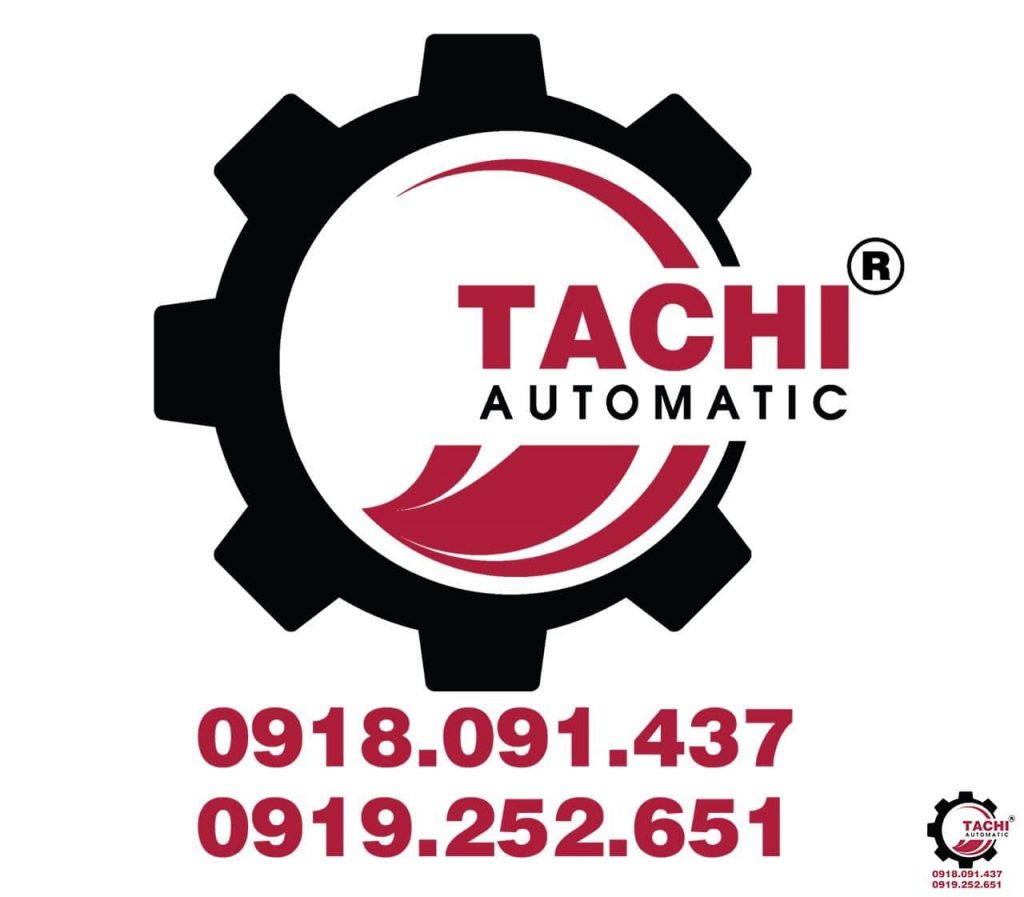Uncategorized
Common Issues in Screen Printing and How to Fix Them | Tachi Screen Printer
Screen printing can be applied to a wide range of materials such as fabric, glass, electronic circuits, metal, wood, ceramics, and more. However, various issues may arise during the screen printing process. Below are some common problems and their respective solutions:
Contents
1. Incorrect Mesh Selection
This issue occurs when the wrong mesh count is chosen. To avoid this, keep the following principles in mind:
Designs with large solid areas: Use a lower mesh count (thicker mesh) to allow more ink to pass through.
Fine-line or detailed designs: Use stainless steel mesh with good elasticity or liquid crystal mesh. Avoid polyester mesh with insufficient elasticity.
The distance between mesh threads should be greater than the line thickness of the printed design.

2. Clogged Mesh
Clogging may occur when ink becomes too thick after being left idle for over an hour, or if the printing process is too slow.
Solution: Use a cotton pad soaked in toluene alcohol solution to clean and unclog the mesh.
3. Ink Smudging on the Substrate
This can happen if the material does not absorb the ink well or due to carelessness when removing the material from the print table.
Solution:
Handle the printed material carefully during removal.
Adjust ink viscosity properly.
Use a screen with a higher mesh count to reduce excessive ink transfer.
4. Uneven Ink Coverage (Patchy or Inconsistent Color)
This occurs when the squeegee does not move evenly, the print table is not level, the material does not contact the mesh uniformly, or the frame is warped.
Solution:
Adjust squeegee pressure and technique.
Ensure proper tension of the mesh.
Check the flatness of both the screen frame and print table.
5. Excessive Ink and Overly Dark Prints
This is typically due to overly thin ink and a mesh count that is too low.
Solution: Increase ink viscosity and switch to a finer mesh to reduce ink flow.
6. Insufficient Ink and Faded Colors
The opposite of the issue above — usually caused by ink that is too thick.
Solution: Thin the ink with a suitable solvent and adjust the viscosity as needed.
7. Ink Smearing or Blurring
Often caused by using the wrong type of ink or ink that is too diluted.
Solution: Use high-quality ink and ensure the viscosity is appropriate for the material and design.
8. Ink Fading Over Time
This issue may result from using low-quality ink or ink incompatible with the material.
Solution: Choose high-quality ink that is suitable for the specific printing material.
9. Blurry or Unsharp Prints
This can happen due to uneven ink distribution, low mesh tension, or insufficient printing pressure.
Solution: Check and adjust these factors to ensure even ink coverage and adequate pressure.
10. Misalignment in Multi-Color Printing
This occurs when multiple colors are printed on the same material but are not aligned correctly.
Solution:
Make sure each color layer is printed in the correct position.
Use accurate registration tools, such as precise mesh alignment and reliable positioning techniques.
These are some of the most common issues encountered during the screen printing process and their solutions. However, if you experience more complex problems or are unable to resolve them on your own, it’s best to seek help from screen printing experts or equipment manufacturers for more tailored support.
TACHI Mechanical Manufacturing and Trading Co., Ltd.
Address: 176, Nguyen Ai Quoc Street, Group 2, Quarter 1, Trang Dai Ward, Bien Hoa City, Dong Nai District, Vietnam.
Hotline/whatsapp: +84 352 193 969
Email: tachi.customercare01@gmail.com
Website: //mayinluatachi.com


 Tiếng Việt
Tiếng Việt